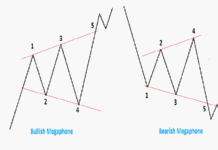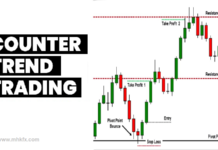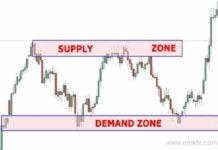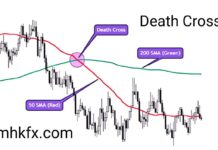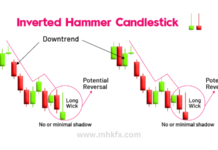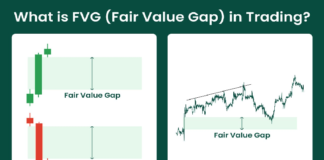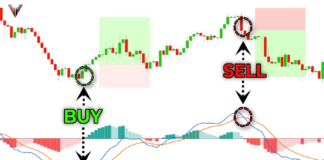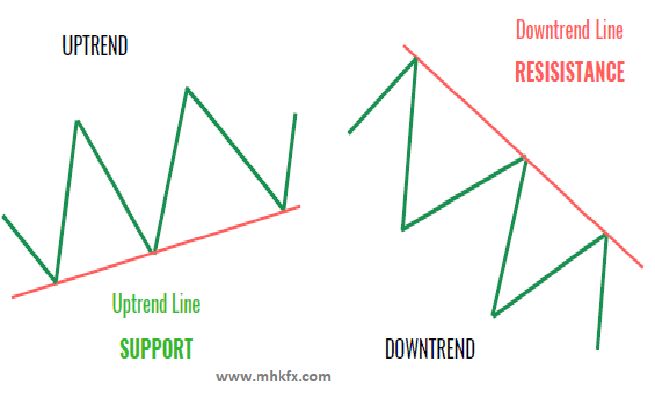
In the fast-paced world of financial markets, traders are constantly seeking effective strategies to navigate the ever-changing landscape and generate profits. One strategy that has stood the test of time and continues to be a powerful tool in a trader’s arsenal is trendline trading. By leveraging the principles of technical analysis, trendline trading enables traders to identify and ride market trends, potentially leading to substantial gains. In this article, we will explore the ins and outs of trendline trading, its key components, and how you can use it to enhance your trading success.
Understanding Trendline Trading
At its core, trendline trading is all about recognizing and capitalizing on price trends within various financial instruments, such as stocks, currencies, commodities, and indices. It operates on the premise that markets tend to move in trends, and these trends can be visually represented by drawing lines on a price chart.
Drawing Trendlines:
The foundation of trendline trading is the creation of trendlines, which are straight lines drawn on a price chart connecting significant points, typically lows in an uptrend and highs in a downtrend. In an uptrend, you’ll draw an ascending (upward-sloping) trendline, and in a downtrend, a descending (downward-sloping) one. These lines act as dynamic support and resistance levels that guide trading decisions.
Identifying Trends:
Once trendlines are in place, traders can easily identify the prevailing trend. An uptrend is characterized by higher highs and higher lows, while a downtrend exhibits lower highs and lower lows. By recognizing these patterns, traders can make informed decisions about the direction of their trades.
Entry and Exit Points:
Trendline trading provides traders with clear entry and exit points. In an uptrend, traders may look to buy when the price touches or approaches the upward-sloping trendline, anticipating a bounce higher. In a downtrend, selling near the descending trendline can be a prudent move. Traders often use additional technical indicators and chart patterns to confirm entry and exit signals, enhancing the likelihood of profitable trades.
The Strengths of Trendline Trading
Why has trendline trading endured as a favored strategy among traders? Here are some of its notable strengths:
Simplicity:
Trendline trading is relatively straightforward, making it accessible to traders of all levels, from beginners to experienced professionals. The concept of drawing lines on a chart is easy to grasp, even for those new to trading.
Versatility:
Trendline trading can be applied to various timeframes, from short-term day trading to long-term investing. This versatility allows traders to adapt the strategy to their preferred trading style.
Risk Management:
Trendlines provide natural support and resistance levels, which can help traders set appropriate stop-loss orders to limit potential losses and protect profits. This risk management aspect is crucial in preserving capital.
Trend Confirmation:
Traders often combine trendline analysis with other technical indicators like moving averages, MACD, or RSI to confirm the strength of a trend. This can improve the reliability of trading signals.
Challenges and Considerations
While trendline trading offers significant advantages, it is not without its challenges and considerations:
Subjectivity:
The placement of trendlines can be somewhat subjective. Different traders may draw them slightly differently, potentially leading to varying interpretations of the trend.
False Breakouts:
Markets can be unpredictable, and trendlines are not foolproof. False breakouts, where the price temporarily breaches a trendline before reversing, can occur.
Market Conditions:
Trendline trading may be less effective in strongly ranging or highly volatile markets. In such conditions, additional analysis and caution are warranted.
Conclusion
Trendline trading remains a powerful and versatile strategy for traders seeking to profit from market trends. By drawing simple lines on price charts and using them to identify trends and potential entry and exit points, traders can enhance their decision-making process and, with proper risk management, increase their chances of success in the financial markets.
As with any trading strategy, it’s crucial to practice, refine your skills, and continually educate yourself about the markets. Whether you’re a novice trader looking to learn the ropes or an experienced trader seeking to bolster your existing strategy, trendline trading can be a valuable addition to your toolkit, helping you ride market trends to profitable outcomes.
Click to sign up with MonetaMarkets
Related Articles:
Forex Traders Eye Pennant Pattern Formation for Potential Trading Opportunities
Precision Trading with Harmonic Patterns

